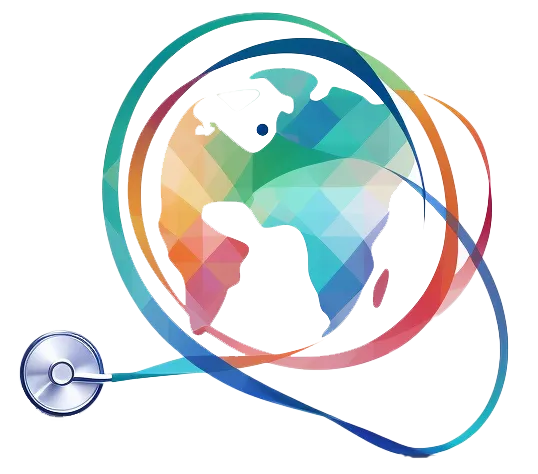“The Robotic Revolution: How AI and Robots Are Shaping the Future of Medicine” provides an in-depth exploration into the transformative impact of artificial intelligence and robotics in the healthcare industry. This comprehensive guide examines how these technologies are revolutionizing diagnostic processes, surgical procedures, patient care, and medical research, offering a glimpse into the future of a tech-driven medical landscape.
Introduction: Embracing the Technological Shift
The Advent of AI and Robotics in Healthcare
Introducing the emergence of AI and robotics in the medical field, detailing the historical developments and technological breakthroughs that have paved the way for their integration into modern healthcare.
Potential and Promises
Discussing the potential of AI and robotics to enhance the efficiency, accuracy, and accessibility of medical services, transforming patient outcomes and healthcare delivery.
AI in Diagnosis and Treatment Planning
Machine Learning and Predictive Analytics
Exploring how machine learning algorithms and predictive analytics are used in diagnostic imaging, disease prediction, and personalized treatment planning, significantly reducing diagnostic errors and optimizing treatment protocols.
AI in Clinical Decision Support
Examining the role of AI-powered clinical decision support systems that assist healthcare providers by offering evidence-based treatment options and real-time insights, improving clinical outcomes.
Robotic Innovations in Surgery
Robotic-Assisted Surgery
Detailing advancements in robotic-assisted surgical systems, such as the da Vinci Surgical System, which provide surgeons with enhanced precision, flexibility, and control, leading to minimally invasive procedures with improved recovery times.
Telepresence and Telesurgery
Discussing the expansion of telepresence and telesurgery, which allow skilled surgeons to operate remotely using robotic systems, extending expert medical care to underserved regions.
Enhancing Patient Care
Robots in Rehabilitation
Exploring the use of robotics in patient rehabilitation, including robotic exoskeletons and automated physical therapy aids that support and enhance patient recovery and mobility.
AI-Enabled Patient Monitoring
Analyzing AI technologies in patient monitoring, which continuously assess patient vital signs and health status, enabling timely interventions and reducing the workload of healthcare staff.
Pharmaceuticals and Drug Discovery
Accelerating Drug Discovery
Delving into how AI is revolutionizing the field of drug discovery by predicting molecule interactions faster and more accurately, speeding up the development of new drugs while reducing costs.
Personalized Medicine
Examining how AI and robotics contribute to the advancement of personalized medicine, particularly through customized drug formulations and robotic systems that automate and personalize drug dispensing.
Ethical and Regulatory Considerations
Navigating Ethical Challenges
Addressing the ethical implications of AI and robotics in medicine, including patient privacy concerns, the potential for bias in AI algorithms, and the impact on employment within the healthcare sector.
Regulatory Landscape
Discussing the current regulatory landscape governing the use of AI and robotics in healthcare, including the challenges of ensuring safety and efficacy while fostering innovation.
The Future Horizon
Emerging Trends and Future Prospects
Speculating on future trends in the integration of AI and robotics in medicine, including the development of fully autonomous robotic surgeons and AI systems capable of complex medical reasoning.
Global Impact and Accessibility
Considering the global impact of these technologies, focusing on their potential to democratize access to high-quality healthcare across the world, particularly in low-resource settings.
Conclusion: A New Era in Healthcare
“The Robotic Revolution” concludes by affirming the critical role of AI and robotics in shaping the future of medicine. It calls for proactive engagement from all stakeholders in healthcare—policymakers, practitioners, and patients—to harness these technologies responsibly, ensuring that they enhance healthcare delivery and improve patient outcomes globally.

